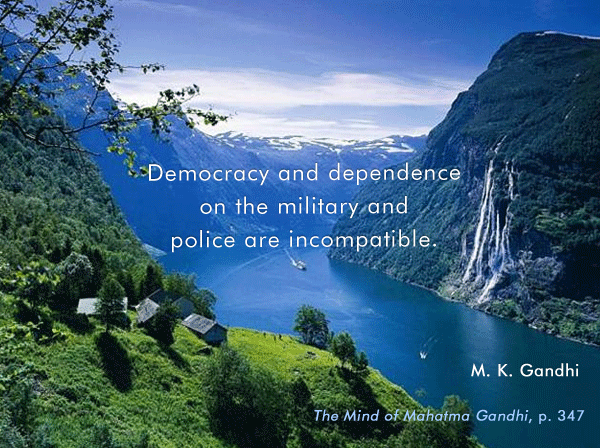Sardar Vallabhbhai Patel Biography :

Role in India’s Integration : At the time of independence, India was divided into three parts. The first was the one directly under control of the British Government, the second was the territories rules by hereditary rulers and third was the territory colonized by France and Portugal. Patel had realized that the dream for a unified and free India could only be achieved if the three territories were integrated as one. Blessed with practical acumen, great wisdom and political foresight, he took up the uphill task of unifying India. He began lobbying with the princes and monarchs of the separate states to accede to the government in full faith, who were given two choices by the British – either to join India or Pakistan or stay independently. Patel’s untiring efforts and relentless appeals reaped fruitful result as he successfully persuaded 565 states, except the three states of Jammu and Kashmir, Junagadh, and Hyderabad. He used the tactics of invoking patriotism in the ...
.jpg)

.jpg)
.jpg)
.jpg)
.jpg)
.jpg)





